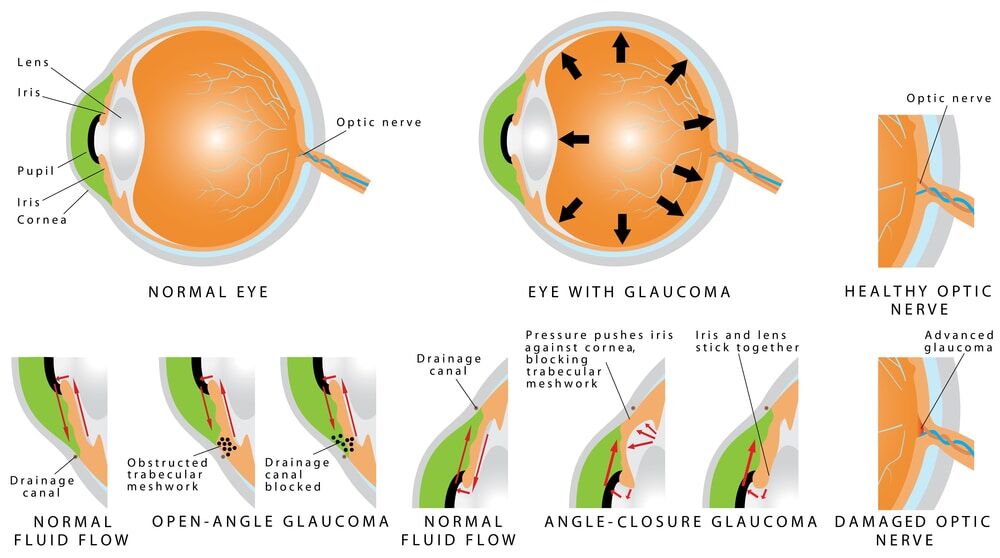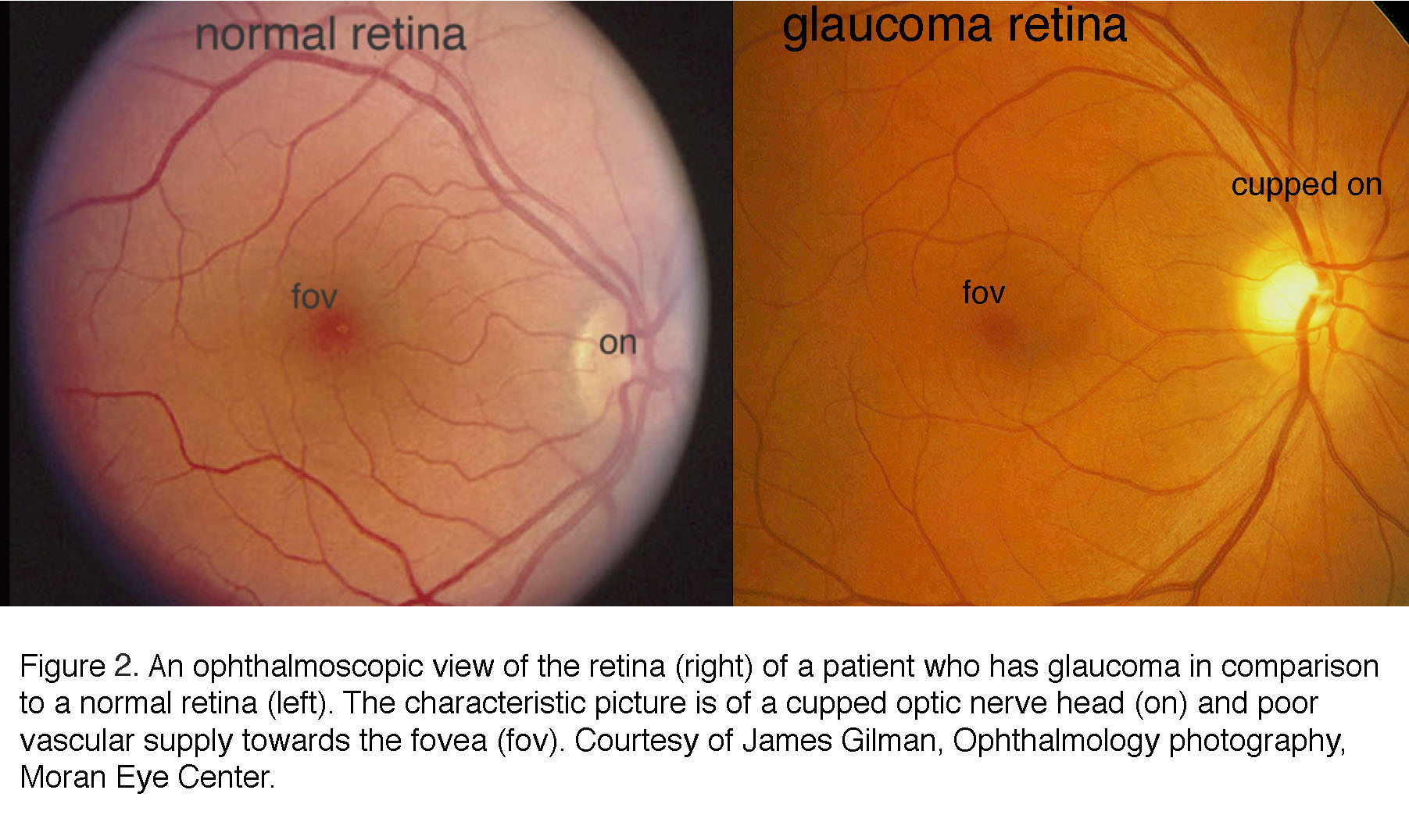Top Eyecare Near Me: Professional Providers for Ideal Eye Health And Wellness
Wiki Article
Recognizing the Different Vision Adjustment Procedures Available for Clearer View
In the world of vision adjustment procedures, a plethora of choices exist to deal with refractive errors and provide people with more clear view. From the extensively acknowledged LASIK surgical procedure to much less invasive procedures like PRK and implantable lenses, the area of ophthalmology supplies a variety of techniques customized to suit different needs and choices. Each treatment features its own collection of considerations, benefits, and possible dangers. Recognizing the nuances of these vision correction methods is essential for making educated choices regarding one's visual health. Let's discover the complexities of these procedures and dropped light on the path to achieving improved vision clarity.LASIK Surgical Treatment
LASIK surgical treatment is a common refractive treatment utilized to fix vision issues such as astigmatism, farsightedness, and nearsightedness - refractive surgeries in al. This surgical strategy, which stands for Laser-Assisted sitting Keratomileusis, aims to improve the cornea to enhance just how light is concentrated on the retina, inevitably boosting vision clearness. During the procedure, a slim flap is created on the cornea, and a laser is used to remove accurate amounts of cells to improve it suitably. This reshaping enables light to be properly focused onto the retina, correcting refractive mistakes.One of the main advantages of LASIK surgery is the fast renovation in vision experienced by individuals. On the whole, LASIK surgical procedure is a popular option for individuals seeking a long-lasting solution for their vision problems.
PRK Treatment
While also a common refractive procedure, the PRK (Photorefractive Keratectomy) strategy varies from LASIK surgical procedure in its approach to remedying vision issues. In PRK, rather than producing a flap on the cornea, the outer layer of the cornea, called the epithelium, is completely gotten rid of. This permits the laser to improve the cornea to fix refractive errors such as nearsightedness, astigmatism, and farsightedness straight on the surface.
In spite of the longer healing time, PRK can generate exceptional lead to vision renovation, making it a useful option for those that may not be ideal candidates for LASIK surgical procedure.
Implantable Lenses
In comparison to PRK where the cornea is improved straight, implantable lenses supply another method for fixing vision by placing artificial lenses inside the eye. This treatment is particularly helpful for people with high levels of farsightedness, nearsightedness, or astigmatism that might not be suitable prospects for laser surgical treatments like LASIK or PRK.
Implantable lenses, likewise called phakic intraocular lenses, work by supplementing the eye's all-natural lens with an artificial one. refractive surgeries in al. These lenses can be positioned before the all-natural lens (former chamber) or behind the iris and before the natural lens (posterior chamber) By adjusting the power and positioning of these lenses, eye doctors can successfully correct refractive mistakes and boost visual acuity
One advantage of implantable lenses is that they are removable and exchangeable, providing adaptability for future modifications. As with any surgical procedure, there are threats included, such as infection or cataract development. Clients thinking about implantable lenses must speak with an eye treatment specialist to establish the most suitable choice based on their specific needs and eye health and wellness.
Corneal Rings
Corneal rings, likewise referred to as intracorneal ring sections, are small, clear devices put into the cornea to remedy vision distortions such as keratoconus. Keratoconus is a problem where the cornea thins and bulges outside, triggering vision to become distorted. The insertion of corneal rings helps to flatten the cornea, boosting visual acuity and decreasing the uneven astigmatism brought on by keratoconus.The treatment for placing corneal rings is relatively quick and minimally invasive, typically executed as an outpatient treatment. During the surgery, the eye doctor makes a tiny laceration in the cornea and inserts the rings at a specific depth. When in location, the rings aid to improve the cornea, offering a smoother surface for light to get in the eye, which can result in more clear vision.
Corneal rings are thought about a relatively easy to fix treatment, as they can be gotten rid of or replaced if needed. retina service near me. While they may not totally get rid of the requirement for glasses or get in touch with lenses, corneal rings can dramatically boost vision high quality and overall visual convenience for individuals with keratoconus or various other corneal abnormalities
Refractive Lens Exchange
Following the modification of corneal irregularities with procedures like corneal rings, one more vision correction method that can address refractive errors is Refractive Lens Exchange (RLE) RLE is a procedure that includes changing the eye's all-natural lens with an artificial intraocular lens (IOL) to fix refractive mistakes such as farsightedness, presbyopia, and nearsightedness. This procedure is particularly helpful for individuals that might not appropriate candidates for treatments like LASIK or PRK due to elements such as thin corneas or high refractive errors.
Conclusion
In final thought, there are numerous vision adjustment procedures available to assist individuals achieve clearer view. LASIK surgical procedure, PRK treatment, implantable lenses, corneal rings, and refractive lens exchange are all choices that can address various vision concerns. It is necessary for people to speak with their eye care supplier to determine one of the most appropriate treatment based on their particular demands and choices. With advancements in modern technology, attaining boosted vision is currently extra available than ever.In the realm of vision correction treatments, a wide range of choices exist to attend to refractive mistakes and supply people with more clear sight.LASIK surgery is a typical refractive treatment utilized to remedy vision problems such as farsightedness, astigmatism, and nearsightedness.While likewise a common refractive procedure, the PRK (Photorefractive Keratectomy) technique varies from LASIK surgery in its strategy to correcting glaucoma service near me vision troubles.Complying with the improvement of corneal irregularities with treatments like corneal rings, one more vision modification strategy that can attend to refractive mistakes is Refractive Lens Exchange (RLE) LASIK surgical procedure, PRK treatment, implantable lenses, corneal rings, and refractive lens exchange are all options that can attend to different vision issues.
Report this wiki page